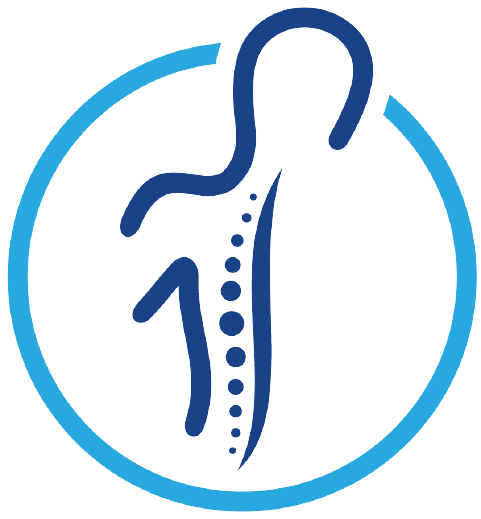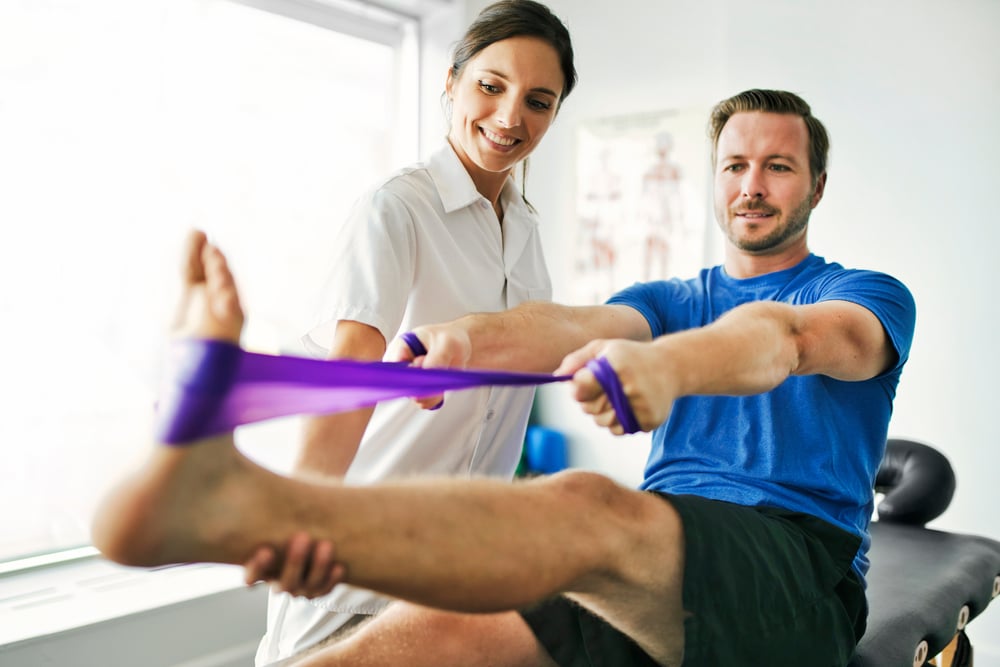Motor vehicle accidents can result in various traumatic injuries to the body. Following a collision, you may struggle with chronic pain and limited mobility. Regular appointments with a therapist in a physical therapy (PT) clinic may help you regain some mobility and promote healing. The time it takes you to heal following a car accident depends heavily on various factors. Find out how physical therapist visits may increase your odds of living a fulfilling and normal life after a car crash.
The Tragedy of Motor Vehicle Accidents
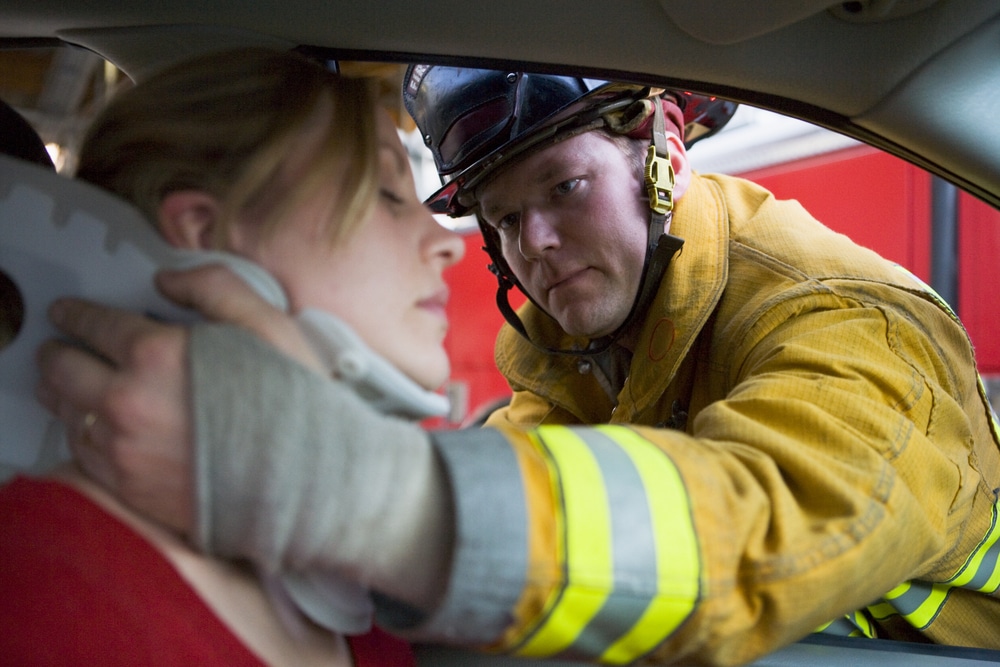
In the U.S., there are nearly 230,000,000 licensed drivers. Police reported about 6,750,000 accidents, where almost 2,000,000 of those involved injuries. Millions of drivers suffer permanent injuries from motor vehicle accidents every year.
If you suffered severe severe car accident injury or if a minor injury developed into a chronic problem, you may feel helpless or frustrated with your prospects. However, even with permanent injuries or complications, your future can still be bright. Physical therapy may treat various injuries, including new or old car accident injuries, while helping countless car accident victims regain their independence.
Causes of Auto Accidents
Most car accidents occur due to driver error. In some cases, inclement weather or situations out of a person’s control may contribute to a motor vehicle accident. However, most accidents have clear causes. Some of the more common auto accidents result in serious injuries that may require extensive treatment or for victims to attend physical therapy.
Distracted Driving
Distractions include any action by drivers that take their attention from the road. You can categorize all distractions as either manual, cognitive or visual. Manual distractions take drivers’ hands from the wheel, cognitive affects the mind and visual distractions cause drivers to look away from the road. Some distractions may include one, two, or all three of the different types of Inattention,
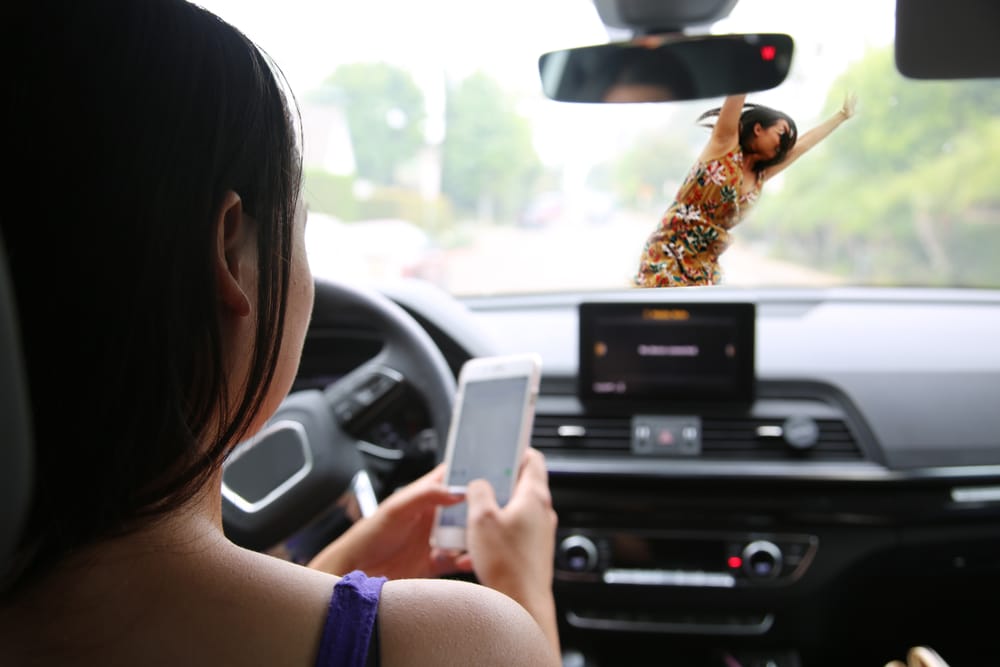
Sometimes, the sounds within the vehicle can become distracting. For example, drivers pay more attention to a passenger’s conversation than the road or the radio, making it difficult to focus on the road. Likewise, when drivers and passengers blare music too loudly, it can drown out outside noises, like sirens or other vehicles. A manual distraction includes eating, fiddling with the GPS and changing the radio. Texting and driving are examples of all three distraction categories. When people text and drive, their focus, eyes, and hands participate in the exchange.
Impaired Driving
Impaired driving includes drivers who drink or consume substances on the road. Impaired driving causes tens of thousands of collisions every year and counts for over one-quarter of all fatal accidents. When in an accident with an impaired driver, typically, the other driver suffers more injuries than the impaired driver.
Fatigued Driving
Drowsy driving is similar to impaired driving. Most adults have chronic sleep deprivation. While people need about seven to eight hours of sleep, most do not receive enough to wake up refreshed. If you stay awake for 18 hours or more, you have the same driving abilities as a person with a blood alcohol level of .05. Fatigued drivers may doze off behind the wheel and cause serious accidents. Much like an accident with an impaired driver, the other people involved tend to have more severe injuries. Tired or impaired drivers tend to have a more relaxed body at the time of the accident, leading to less severe injuries than those who tensed in preparation for impact.
Speeding and Reckless Driving
Motor vehicle accidents are dangerous enough without adding extra speed to the scenario. When drivers engage in reckless driving or speeding, they put others at a higher risk. An accident at high rates generally has more severe injuries than an accident going at the speed limit. Speeding happens the most often on rural roads. People may develop a habit of driving fast without recognizing the danger or may rush during an emergency or when late for an appointment. No matter the reason, speeding and reckless driving can cause serious consequences for other people on the road.
Types of Car Accident Injuries
There are a variety of car accident injuries that may result in an appointment at a physical therapy clinic. Not only does your vehicle sustain damage in a collision, but so can your body. Unfortunately, some injuries may not manifest automatically. Symptoms may show up in the days or weeks following. Additionally, complications may arise from the original conditions. Many of the injuries improve when treated by a physical therapist.
Neck Injuries
When another vehicle collides with yours, the force causes your body to move in an unnatural, jerking motion that can damage your neck and back. One of the most common accident-related injuries includes whiplash. Whiplash occurs due to the sudden back-and-forth motion of your head in a car accident injury. The force causes you to strain your ligaments and muscles. In some cases, it may take several weeks to recover from and in rarer cases, it can lead to permanent Issues.

Often, neck and spine injuries occur together due to rapid free movement. Injuries may include ruptures or disc herniations. In many cases, neck and back injuries have lingering pain symptoms and take longer to heal.
Traumatic Brain Injuries (TBI)
TBI is a serious injury and can alter the course of your life. Concussions are among the common TBIs people face following an accident. A concussion may result in memory problems or feeling sluggish with your thoughts. Brain injuries affect the way that your overall brain functions. It can stop you from processing emotion or handling information as you did before. In addition, it can affect your motor function and balance. Dependent on the severity of the TBI, it can turn into a permanent treatment process.
Broken Bones
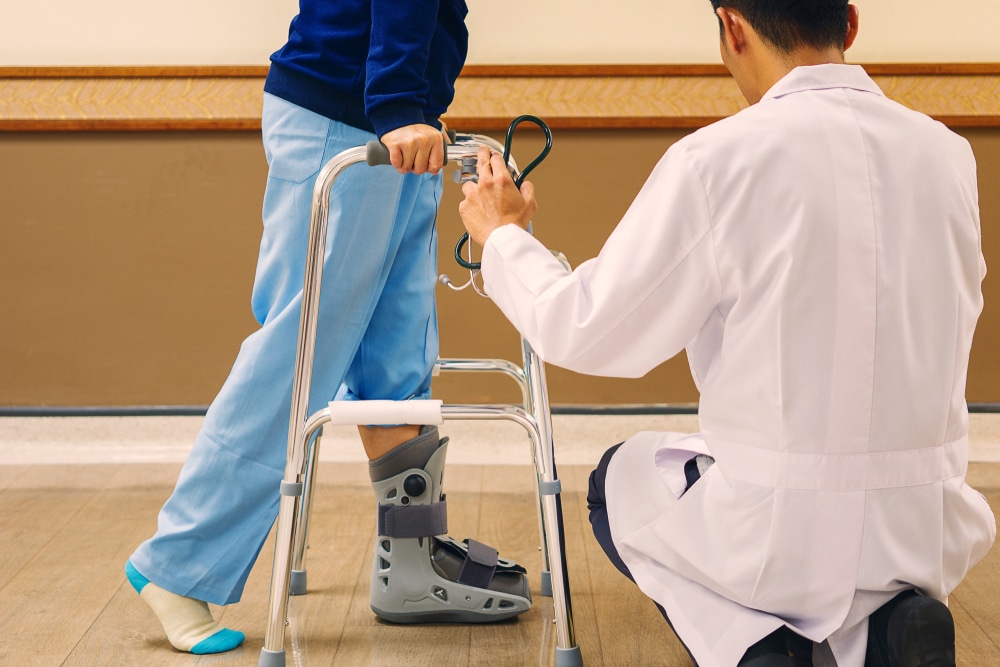
Many patients in physical therapy after an auto accident suffer from broken bones. The impact forces you against other parts of the motor vehicle and can lead to fractures and severe injury. One of the most common fractures occurs when your body pins your arm against the door. Broken bones may require various treatments. Physicians may set the bone manually or use surgical intervention to keep your bone in place for the healing duration.
The Power of Physical Therapy After.a Car Accident
A physical therapist has training and licensing to treat various disabilities, health conditions and injuries. They help improve a person’s range of movement, encourage healing, and help prevent future injuries. Therapists may take care of accident victims in different phases of healing. They can begin care during the diagnosis process and all stages of recovery. In some cases, you may only have physical therapy, whereas, in others, you have it in conjunction with different treatments as part of your recovery process.
Physical therapists receive training to evaluate your muscle and joint motion and flexibility. After the evaluation, they can provide patients with a diagnosis and treatment plan with short and long-term goals. In addition to physical therapy at the office, PT professionals can prescribe at-home exercise and treatment options.
The Goal of Physical Therapy Treatment
Your goals depend on your condition and the severity of your condition. PT practitioners aim to alleviate a patient’s pain and restore functional mobility as part of the overall healing process.
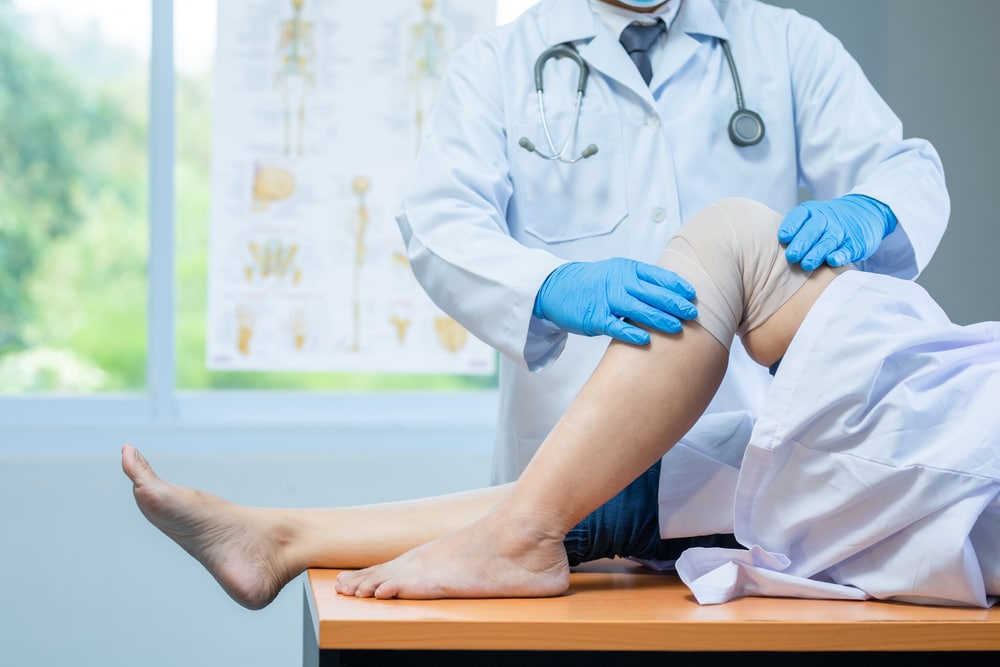
Functional mobility includes anywhere you move. The main types of functional mobility include:
- Ambulation: the ability to walk
- Bed mobility: the ability to move around the bed, including sitting and laying down
- Transfers: The ability to move from one surface to the next
There are different levels of functional mobility. Dependent patients require a physical therapist to do all of their work. Those who need maximal assistance may perform about 25% of the work during mobility, while those who require moderate assistance perform about 50%. If you only need minimal help, you will do about 75% of the work during physical therapy.
Other types of assistance include stand-by assistance and contact guard assistance. In stand-by assistance, the therapist does not touch you during the therapy. Instead, he or she stays nearby in case you lose your balance. Contact guard assistants use their hands to help you remain steady.
How Physical Therapy Works
When you go through PT, your doctor will provide you with a custom treatment plan. Even patients who have the same condition may have two different treatments based on specific factors. For some patients, physical therapy is a way to avoid other invasive therapies. They may be able to reduce the chance of surgery. In other instances, physical therapy may increase your ability to recover after a surgical procedure. Physical therapy works by strengthening the body and increasing blood flow to damaged areas.
Physical Therapy Types
When you arrive at a physical therapy clinic, there are various treatment options that a therapist may suggest. Some professionals have specialties in different forms of physical therapy, including orthopedic and neurological. After an accident, you are more likely to require orthopedic or neurological care.
In orthopedic physical therapy, you focus on any injuries to the musculoskeletal system. This includes your muscles, ligaments, fascia, bones, and tendons. For instance, if you suffer a fracture, tendinitis, sprains or underwent surgery following the accident, you may need therapy that revolves around strength training, mobility training, and manual training.
Physical therapists may suggest neurological therapy if you have a TBI or spinal cord injury. In neurological treatment, the goal is to increase your limbs’ responsiveness and movement patterns. It can also help you learn to balance again and improve your overall strength.
Physical Therapy Treatments
Physical therapists use physical manipulation and other means to help a patient achieve his or her goals. Some may use electrical stimulation (e-stim) for pain reduction. E-stim uses two transcutaneous electrical nerve stimulation for pain alleviation, whereas neuromuscular electrical stimulation improves muscular engagement. Professionals may also use cold, heat, and moist heat therapy for various injuries and conditions.
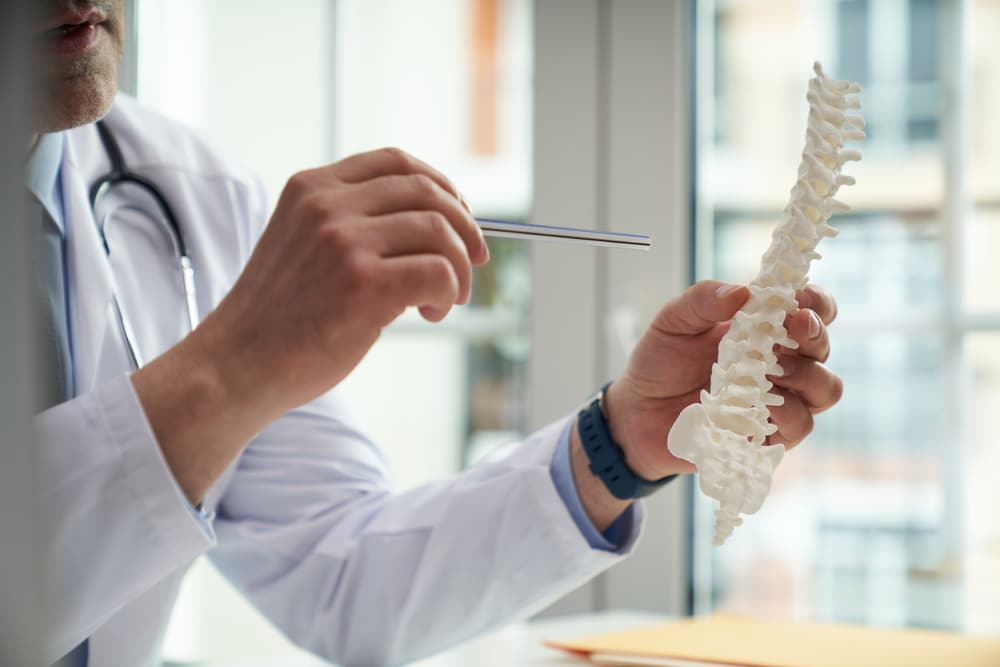
You may also undergo massage during your treatment. Keep in mind that physical therapy massage is not always comfortable. After all, the focus is usually on sore or injured muscles. However, professionals understand how to keep you safe. Physical therapists do not want to cause you any unnecessary discomfort or pain.
Physical Therapy Exercises
Many patients use physical therapy after a car accident to address chronic pain. Physical therapists treat the pain, but they may also be able to treat the source of the pain. The treatment may include pain relief exercises, where you perform actions that target the painful areas. The goal is to increase your strength and flexibility. Therapists may also use your body weight, resistance bands or machines to increase your strength.
Low-aerobic training includes any workout that increases your heart rate but doesn’t cause a lot of stress on the joints. For example, the care providers may suggest swimming or using a stationary bike rather than running.
How Long Physical Therapy Lasts
Attending physical therapy sessions after a car accident may be daunting at first. If you’ve never experienced it before, you may not know what to expect or how long the treatment will last. Your treatment depends heavily on your specific injuries and goals. For example, a broken bone may take longer to recover from than soft tissue injuries. On the other hand, a traumatic brain injury may require long-term or permanent physical therapy.
In addition to your current injuries, you also have to consider other injuries, illnesses, and age. If you have any conditions that slow down healing, you may have to receive physical therapy treatment for more time. Generally, you cannot know how long physical therapy lasts until your first appointment with a physical therapist. He or she will be able to give you an estimation of how long your recovery process will be after your examination. The time can vary from several weeks to several years.
Physical therapy costs are often covered by insurance or settlements from personal injury claims.
Seeking a Physical Therapy Clinic
A motor vehicle accident can wreak havoc on your life, limit your mobility and result in chronic injuries that require the help of a physical therapist. Physical therapy after a car accident may promote healing and overall wellness and get you on your way to a pain-free life.
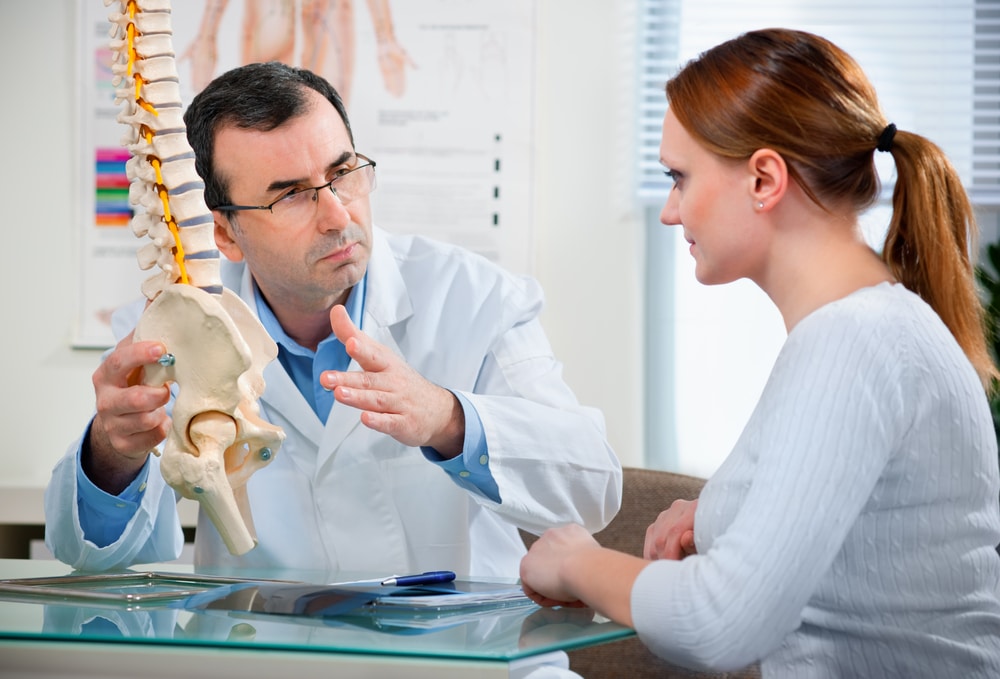
At Bayside Physical Therapy, we support accident victims and are committed to helping our patients regain mobility and experience fewer instances of pain in their daily lives. Our doctors accept no-fault insurance, workers’ compensation and other plans. To find out more about we can help restore your quality of life, contact us for an appointment today.
